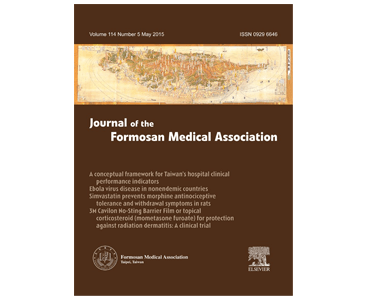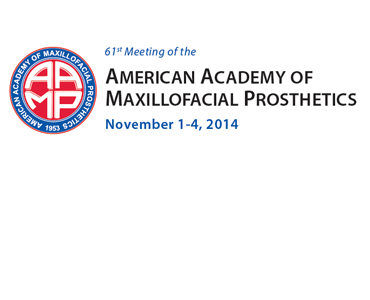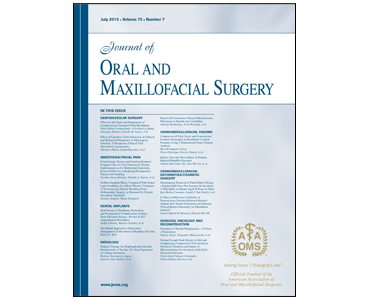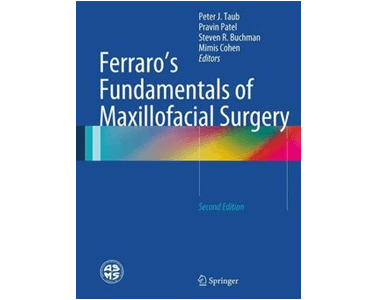Reliability and validity of measurements of facial swelling with a stereophotogrammetry optical three-dimensional scanner. WJ van der Meer, PU Dijkstra, A Visser, A Vissink, Y Ren.
Date: December 2014 Source: British Journal of Oral Maxillofacial Surgery, 52(10):922-7. Abstract: Volume changes in facial morphology can be assessed using the 3dMDface® stereo-optical 3-dimensional scanner, which uses visible light and has a short scanning time. Its reliability and validity have not to our knowledge been investigated for the assessment of facial swelling. Our aim…







